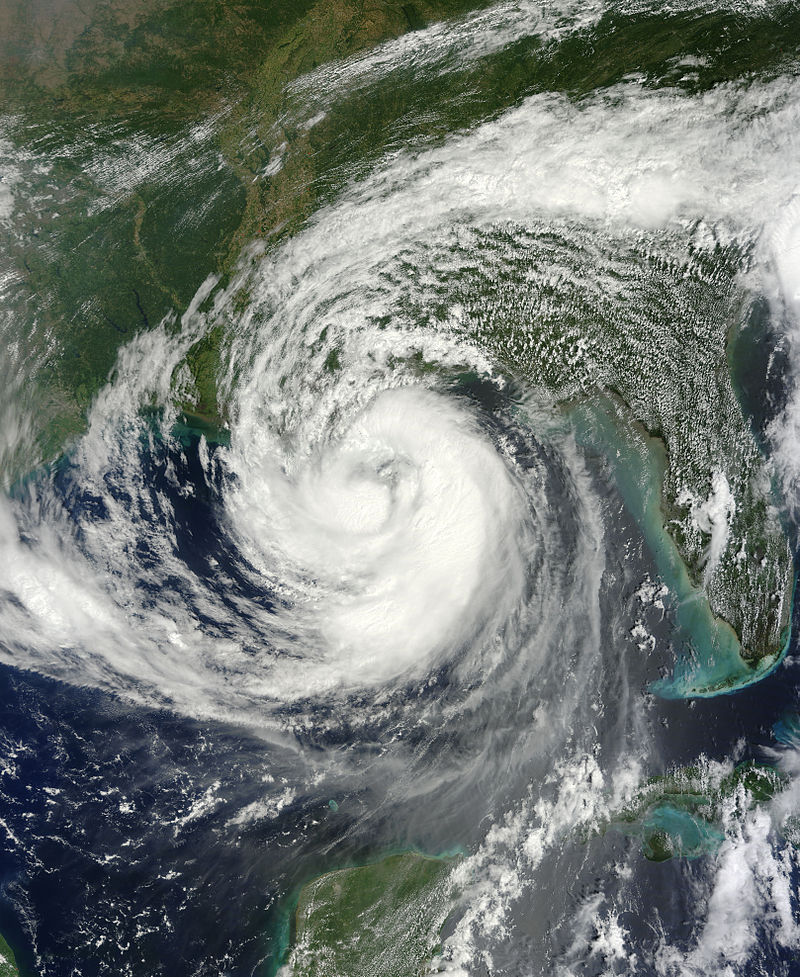Hurricane Isaac, the ninth named storm and fourth hurricane of the 2012 hurricane season, made landfall in the U.S. state of Louisiana in August 2012. This research article focuses on the impact of Hurricane Isaac, from its origins as a tropical wave off the coast of Africa to its devastating landfall and aftermath in Louisiana. The storm caused widespread damage, significant flooding, and loss of life. By examining the areas affected, the damage incurred, and the recovery efforts, we can draw important lessons on how to protect ourselves when faced with future hurricanes.
Introduction: Hurricane Isaac developed from a tropical wave that emerged off the west coast of Africa on August 16, 2012. After intensifying into a tropical storm, it traversed the Lesser Antilles, Haiti, Cuba, and the Florida Keys before entering the eastern Gulf of Mexico. Isaac reached its peak intensity as a Category 1 hurricane before making two landfalls on the coast of Louisiana on August 28 and 29, 2012.
Impact Before Landfall: Before becoming a hurricane, Isaac brought torrential rains and flooding to the Lesser and Greater Antilles. Haiti, in particular, was severely affected, resulting in the loss of 24 lives and significant structural damage. In Cuba, the storm caused limited damage to a few buildings. In Florida, Isaac produced heavy rainfall, leading to flooding, power outages, and minor beach erosion.
Impact During Landfall: As Hurricane Isaac made landfall in Louisiana, its tropical storm-force winds and heavy rain caused extensive damage. Hundreds of thousands of people lost power, and widespread flooding occurred. Some coastal dams were overtopped but managed to hold, and efforts were made to prevent their failure. Mississippi also experienced power outages and heavy rain, while Alabama recorded nearly 1 ft (300 mm) of rainfall. The storm’s impact extended inland, with Arkansas experiencing flooding, property damage, and crop loss.
Impact After Landfall: Following landfall, Hurricane Isaac transitioned into an extratropical cyclone. It continued to unleash torrential rains across Arkansas, resulting in further flooding, infrastructure damage, and agricultural losses. Strong winds toppled trees and power lines across the affected regions. In total, Isaac caused $3.11 billion (2012 USD) in damage and claimed the lives of 41 individuals.
Protective Measures for Future Hurricanes: To enhance preparedness for hurricanes like Isaac, several measures can be taken. First, early monitoring and tracking of tropical waves and disturbances are crucial in providing sufficient warning time. Residents in at-risk areas should closely monitor weather reports and follow evacuation orders when necessary. Ensuring the structural integrity of homes and buildings, including securing loose objects and reinforcing vulnerable areas, is essential. Additionally, individuals should have a disaster supply kit ready, which includes food, water, medications, and other essential supplies.
Interesting Fact: As a direct result of 2012 Hurricane Isaac, the name was not retired. The World Meteorological Organization retires hurricane names when the storms are particularly destructive or deadly. However, despite the significant damage and loss of life caused by Isaac, the name continues to be used in the Atlantic hurricane naming list.
Conclusion: Hurricane Isaac, a deadly and destructive tropical cyclone of the 2012 hurricane season, wreaked havoc on the U.S. state of Louisiana. The storm’s path brought devastating flooding, extensive property damage, power outages, and loss of life. By studying the impact of Isaac, we can learn valuable lessons to improve our preparedness and response to future hurricanes. Effective early warning systems, evacuation plans, fortified infrastructure, and individual preparedness can contribute to minimizing the risks associated with such powerful storms.
Note: The information provided in this article is based on historical records and research up to the year 2021, and it is important to consult up-to-date and local sources for the most accurate and current information on hurricane preparedness.




Leave a Reply